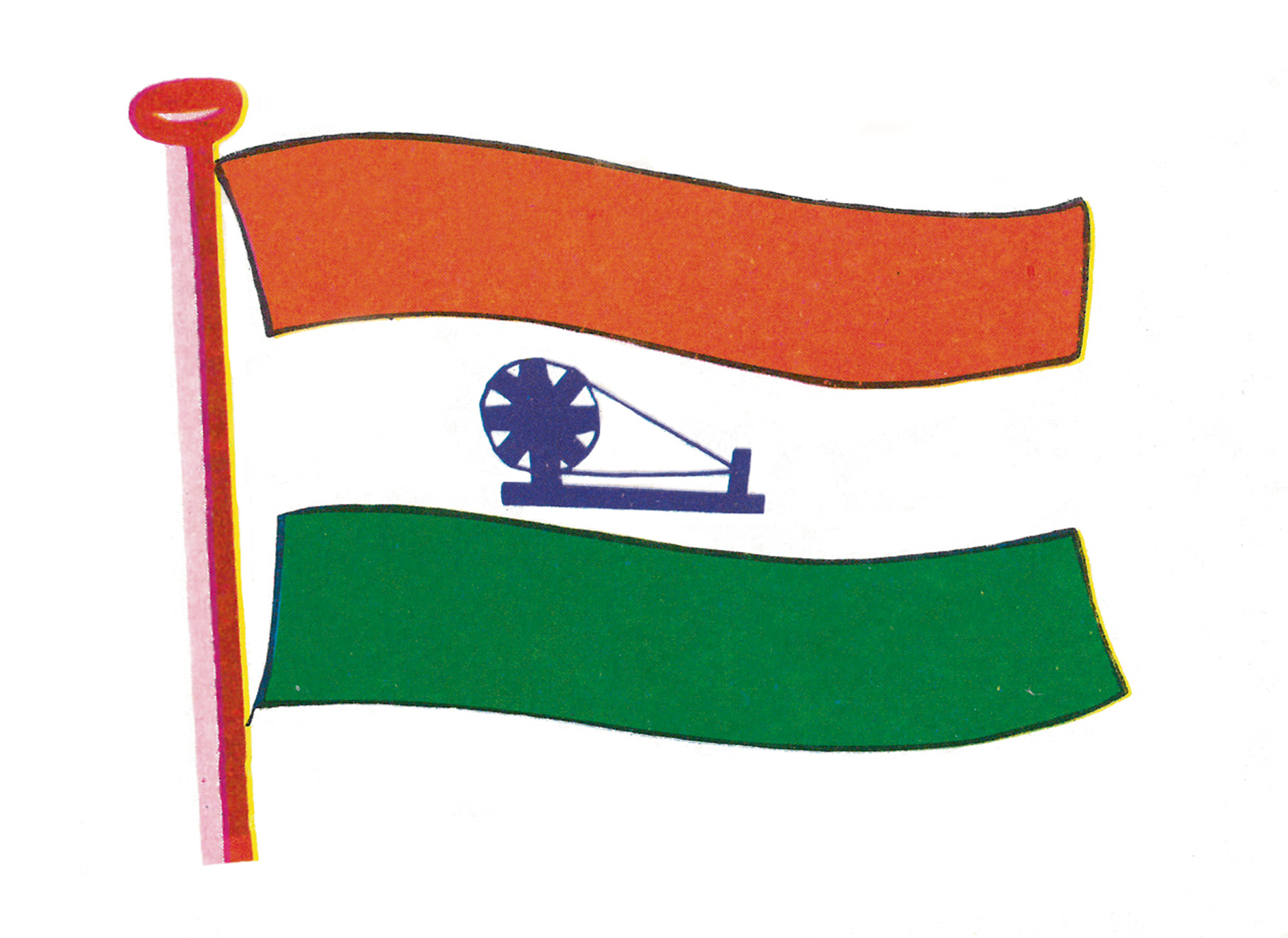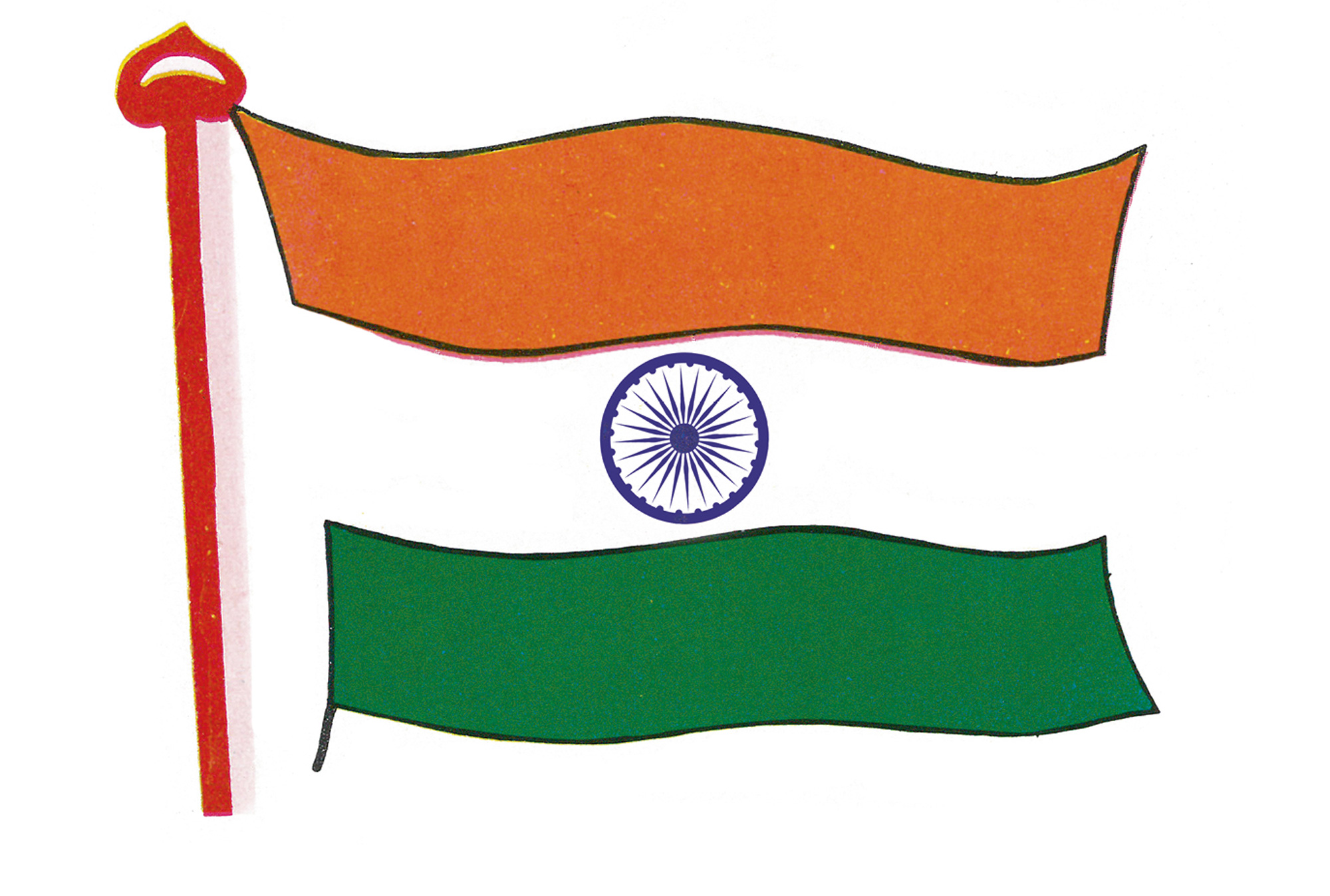The Chakra of the Indian Flag
Spinning the idea of a new India
Cabinet


Writing in 1921 in his newspaper Young India, Mahatma Gandhi confessed that the idea of placing a spinning wheel on a national flag for India had not been his, though he had immediately seen the value of incorporating a device that he hoped would help the people of India achieve self-sufficiency and freedom. The flags’ three colors were also nationally significant: red symbolized the Hindus, green the Muslims, and white functioned as a catchall color for all the other groups in the country. Though its vision of India was contested from its very conception, Gandhi’s flag became a symbol of the resistance and a modified version of it was adopted as the flag of the Indian National Congress in 1931.
In July 1947, two weeks before independence, the Indian Constituent Assembly began planning for a national flag. Jawaharlal Nehru, prime minister-elect, presented a resolution for a new flag that, he asserted, would be internationalist in scope and would align the freedom of India with freedom around the world. The colors of this new flag symbolized abstract, universal values, and instead of the spinning wheel, a chakra (Buddhist wheel) associated with the Mauryan emperor Ashoka stood at its center. Though Nehru justified the substitution in part by citing the awkward asymmetry of the spinning wheel, the shift signaled the relegation of Gandhi’s vision of a decentralized India of village republics spinning their way to freedom in favor of a commitment to a centralized, industrialized modern state. Nehru’s resolution passed immediately.
Srirupa Roy, “‘A Symbol of Freedom’: The Indian Flag and the Transformations of Nationalism, 1906–2002,” The Journal of Asian Studies, vol. 65, no. 3.
Spotted an error? Email us at corrections at cabinetmagazine dot org.
If you’ve enjoyed the free articles that we offer on our site, please consider subscribing to our nonprofit magazine. You get twelve online issues and unlimited access to all our archives.